Just a few years ago, Huawei was still in its ascendant. The Chinese giant was on track to become the world’s largest smartphone maker, but then faced trade restrictions from the U.S. government. This leaves it without access to some of the vital technologies needed to produce today’s most advanced mobile chipsets. Huawei has debuted a domestically designed and produced ARM system-on-chip (SoC) on the new Mate 60 Pro, aiming to compete side by side with Qualcomm, the latest smartphone platform on the market. But is it? We benchmarked Huawei’s new flagship, the Kirin 9000S, on the new Mate 60 Pro and found that it lags behind in many areas, but let’s give a little background and set expectations.
Kirin 9000S is a product of Huawei’s HiSilicon unit and is produced by China’s Semiconductor Manufacturing International Corporation (SMIC). Before the trade restrictions, Huawei worked with TSMC to develop advanced chips, but SMIC did not have access to the same level of technology. The new Kirin 9000S uses a 7nm process node, rather than the more advanced 4nm or 3nm chips that TSMC currently makes for the smartphone industry. However, some experts who have studied the Kirin 9000S have even said that it is a disguised version of an older 14nm chip. Regardless, this is Huawei’s first 5G flagship chipset in several years.
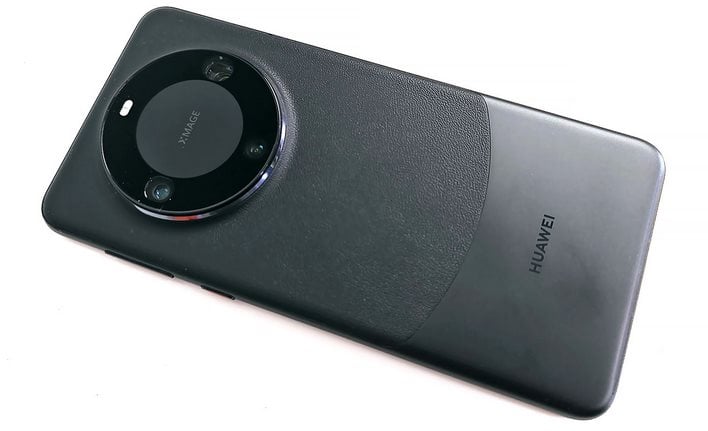
The Kirin 9000S features four semi-custom Taishan V120 ARM CPU cores, as well as a pair of ARM Cortex A510 high-efficiency cores. There is also a quad-core Mailiang 910 GPU, presumably based on ARM’s Mali architecture. This should give the Kirin 9000S respectable performance, but as you can see, specs don’t always equate to meeting performance expectations.
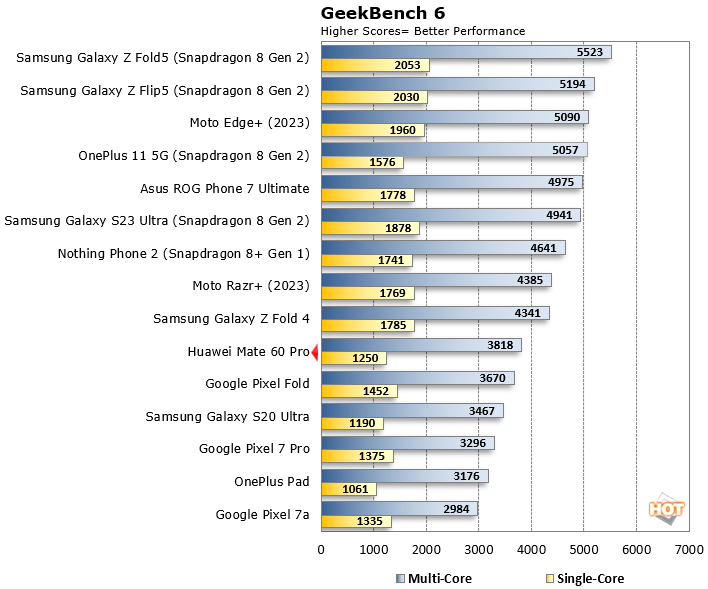
Geekbench 6 is a cross-platform benchmark that simulates real-world processing workloads. Although it is fully synthetic, it can help compare devices from a raw data processing perspective. The Mate 60 performed particularly poorly in this test, lagging behind the relatively older Galaxy S20 Ultra, which is powered by the Snapdragon 865.
PCMark, on the other hand, is designed to be a more realistic functional test, evaluating things like image and video editing, as well as lighter day-to-day workloads like email and web browsing. Once again, the Kirin 9000S lags behind even the Galaxy S20 Ultra from three years ago, as you’ll see…
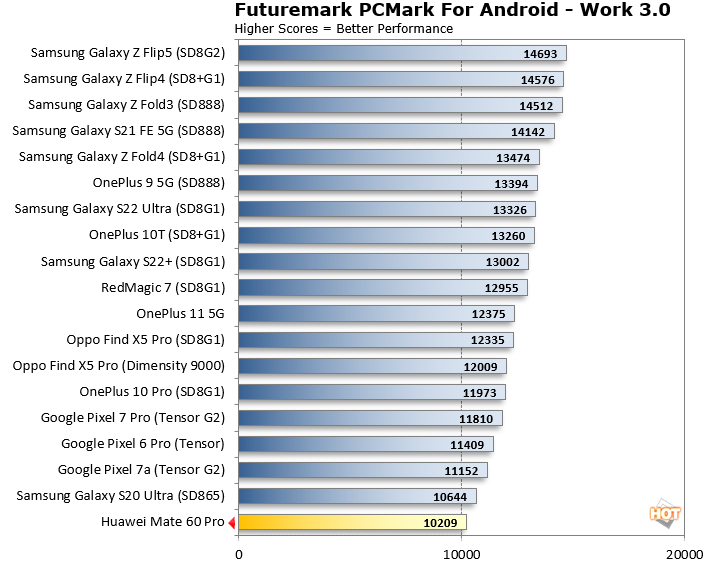
AnTuTu is a universal benchmark designed to test all parts of a chip and then calculate the results into a somewhat nebulous score. In this test, the Kirin chip ran well behind all modern SoCs from Qualcomm, MediaTek, and Google. Yes, even the first-generation Google Tensor, which lagged behind the benchmarks, gave higher scores.
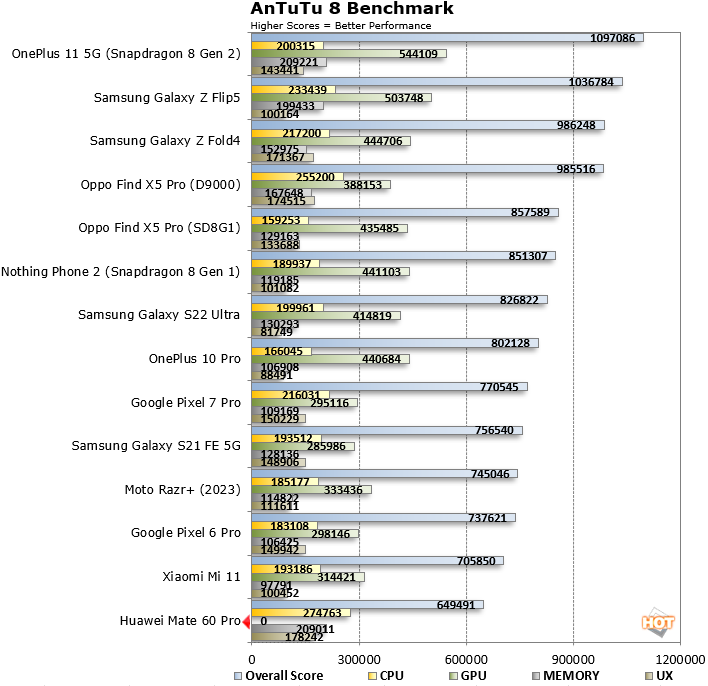
Huawei emphasizes the artificial intelligence and machine learning capabilities of its phones, but in subsequent tests we found that the machine learning algorithms were barely optimized.
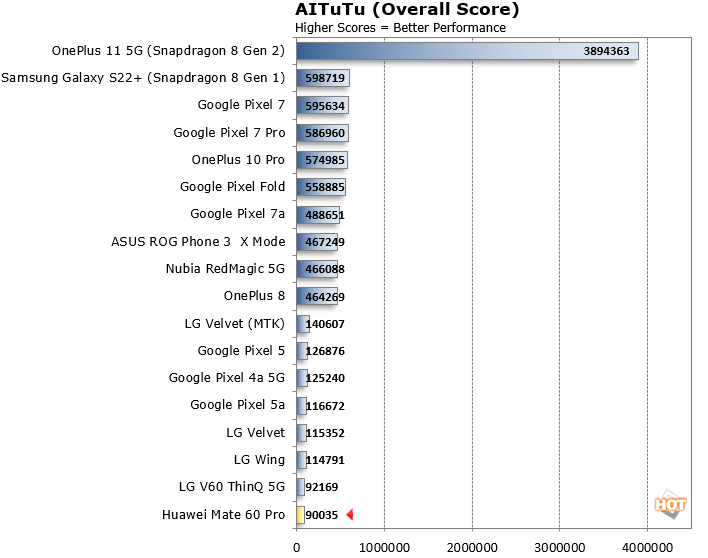
The AITuTu benchmark shows that the Mate 60 barely breaks the 90,000 mark, lagging behind devices like the LG V60 ThinQ (Snapdragon 865) and Google Pixel 5a (Snapdragon 765G). These are 7nm chips that existed before every manufacturer was really obsessed with artificial intelligence on their devices.
The GPU doesn’t do any better here. In the gaming-focused 3DMark Wild Life test, the Mate 60 couldn’t even keep up with the Qualcomm Snapdragon 888-powered Galaxy S21. However, in the Wild Life stress test, the chip didn’t throttle at all because it probably wasn’t running a high enough clock speed in the first place.
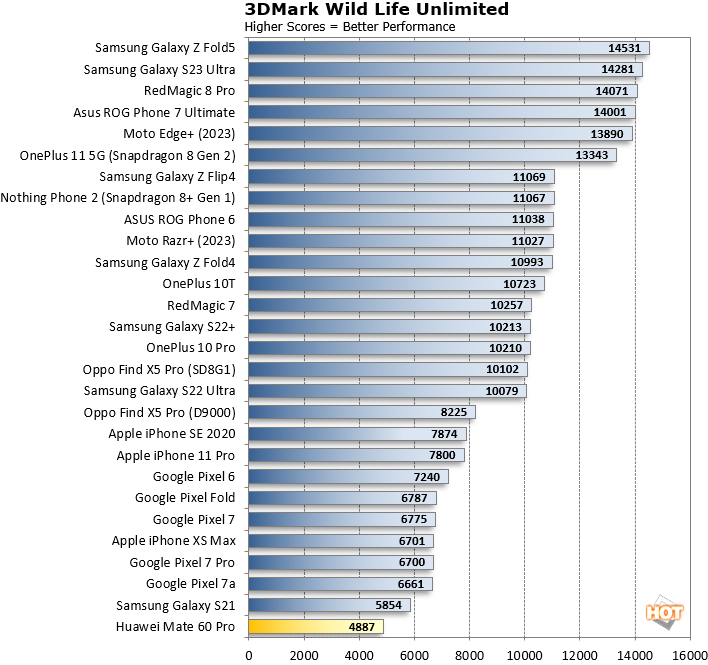
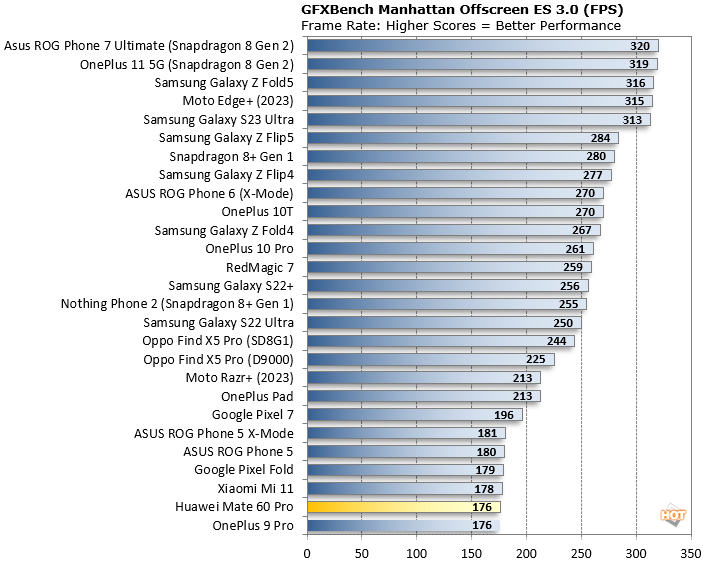
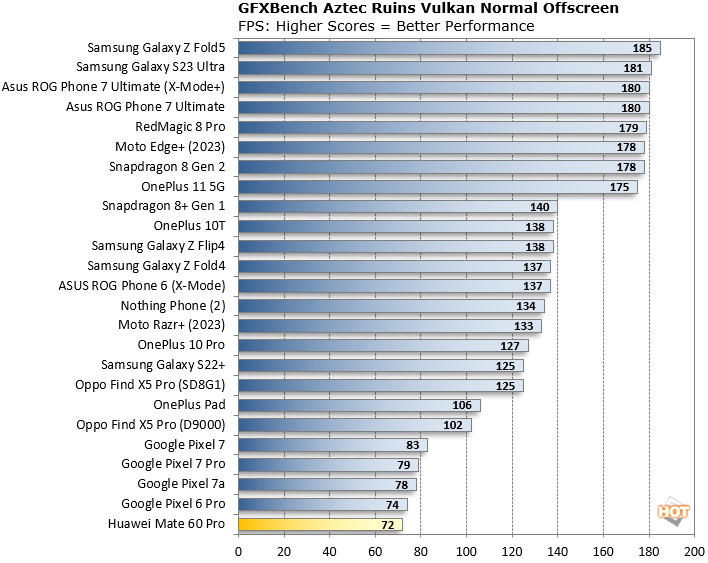
We also conducted GFXBench Manhattan and Aztec tests on the phone to test OpenGL and Vulkan graphics performance respectively. In Manhattan, the Mate 60 tied with the OnePlus 9 Pro, which was powered by the previous-generation Snapdragon 888. At Aztec, the Mate 60 comes close to the Tensor-based Pixel 6 Pro, which has very mediocre graphics performance.
Key points and conclusions of Kirin 9000S

The performance metrics we got from this phone were decidedly unimpressive. It can’t compete with the latest mobile SoCs or even many that are years old. Despite this, we were impressed by the existence of the Kirin 9000S. For several years, China’s domestic chip manufacturing has grown despite a lack of Western technology. SMIC is generations behind the likes of TSMC, but it’s clearly making progress. Domestic Chinese SoCs may one day go head-to-head with Qualcomm, but the Kirin 9000S is simply not a viable flagship mobile processor in 2023.